Get True (verb)
/ɡɛt troo/
To ensure that a structure, surface, or element is perfectly level, plumb, and square, aligning with precision and accuracy. Example: "We need to get this frame true before securing it in place."
Specializing in
Site Prep
& Setups
For Modular Homes
From Modular homes, Double-Wides, to Office Shacks, we have the knowledge and experience to get your site foundation sitting true.
Site Preparation for a Mobile or Modular Home
Introduction
Proper site preparation is essential for ensuring the stability, longevity, and compliance of a mobile or modular home. From preparing the foundation to connecting utilities, every step plays a crucial role in making the home safe and habitable.
This guide covers the key steps involved in site prep, including pad preparation, ground anchors, foundation options, home installation, utility connections, and final touches like skirting and decks.
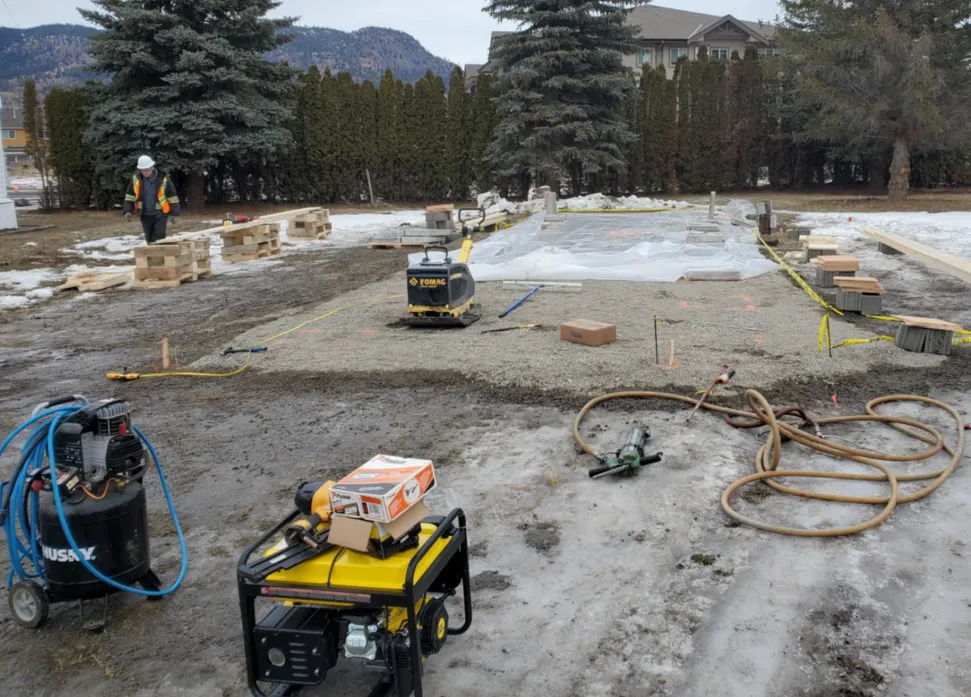
How it Works
Pad Preparation
Before placing a mobile or modular home, the site must be properly prepared to create a stable foundation. The steps involved in pad prep include:
Clearing the Site: Removing any organic materials, debris, or vegetation that could interfere with stability.
Installing Gravel and Compacting: A layer of crushed gravel is typically installed to improve drainage and prevent shifting. Proper compaction ensures a level and solid base.
Grading for Drainage: The site must be graded to slope water away from the home, reducing the risk of water pooling or foundation erosion.
Installing a Poly Vapour Barrier: A ground poly vapour barrier helps prevent moisture from seeping up into the crawlspace, reducing the risk of mold, wood rot, and insulation damage.
A well-prepared pad ensures a long-lasting and stable foundation for the home, preventing structural shifting over time.
Installing Ground Anchor
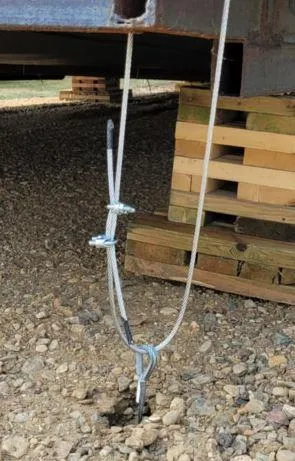
Driven Ground Anchors
Ground anchors may be required to secure the home to the real estate, ensuring compliance with mortgage and insurance requirements. Originally designed for wind turnover resistance, ground anchors are still required by many lenders and insurers today.
Purpose of Ground Anchors:
• Help secure the structure against high winds and shifting.
• Required for the home to be legally considered real estate in some jurisdictions, making it eligible for traditional mortgages.
• Improve insurance coverage eligibility by meeting structural stability standards.
Anchoring a mobile home properly is a crucial step in ensuring safety, financing eligibility, and long-term structural integrity.
Choosing the Right Foundation
The foundation serves as the primary support for the home.
The two most common foundation options for mobile and modular homes are pads with cribbing and steel piles.
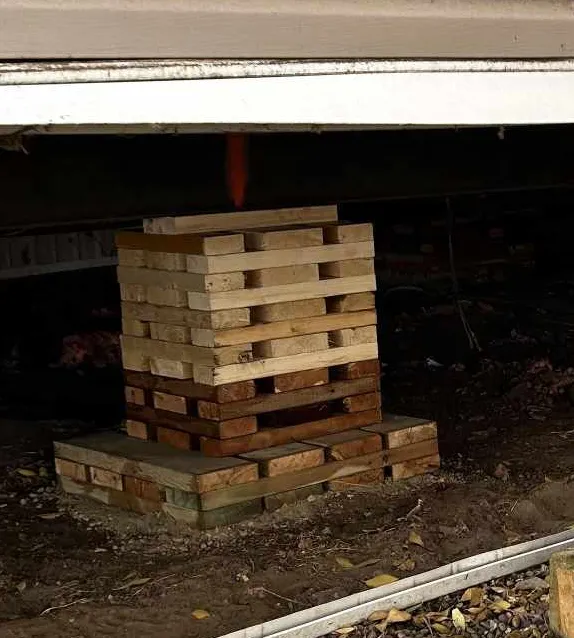
Pads and Cribbing
• Concrete Pads or Treated Wooden Pads serve as a stable base.
• Cribbing (stacked wood or concrete blocks) is used to distribute the home's weight evenly and allow for minor adjustments over time.
• A common option for temporary or semi-permanent setups.
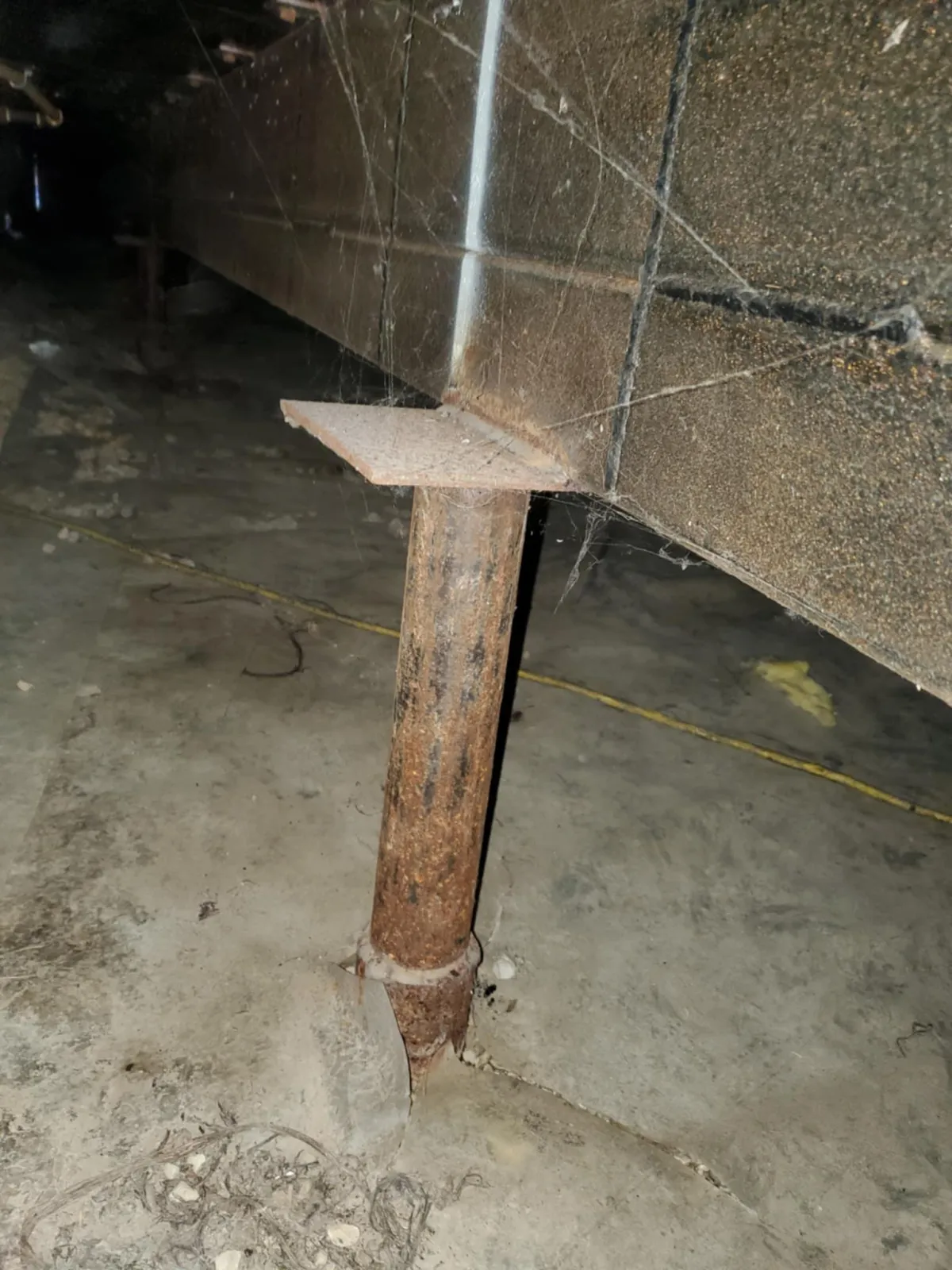
Steel Piles
• Driven deep into the ground, steel piles provide a permanent and frost-proof foundation.
• Ideal for areas with unstable or shifting soil.
• Less maintenance compared to cribbing, making them a popular choice for long-term installations.
Choosing the right foundation type depends on factors such as soil conditions, home permanence, and budget.
Receiving and Placing the Home
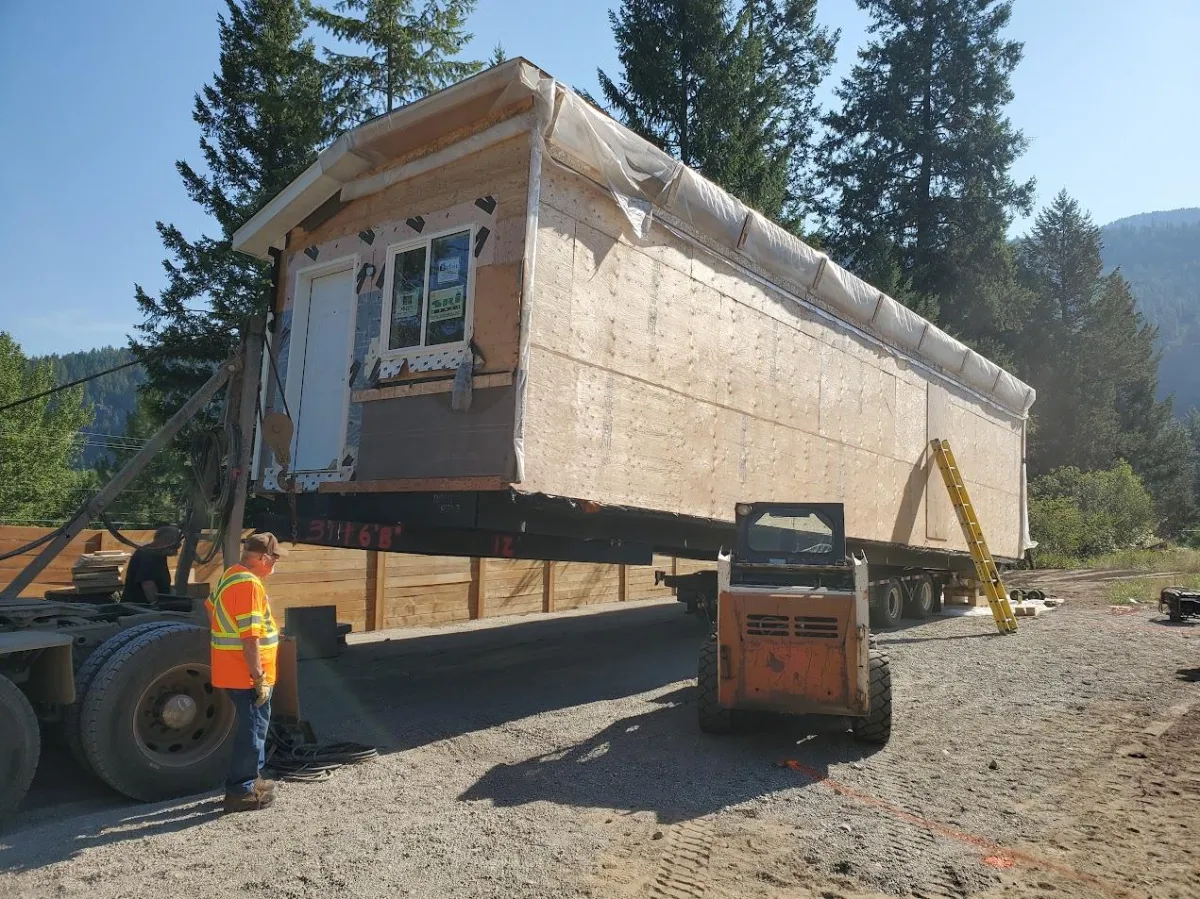
Once the site is prepared and the foundation is in place, the next step is receiving and placing the home.
This process involves:
Transporting the Home: The modular or mobile home is delivered by a transport truck.
Setting the Home in Place:
In some cases, the home is placed directly onto cribbing or piles using a truck.
If required, a crane may be used to lift the home onto the foundation.
Final Positioning & Adjustments: Ensuring the home is level and properly positioned before securing it in place.
A precise placement ensures a level structure, proper drainage, and long-term stability.
How it Works
Utility Connections
With the home in place, it must be connected to essential utilities, including gas, water, sewer, and electricity.
• Gas Connection: Requires a certified technician to safely connect the home's gas lines for heating and appliances.
• Water and Sewer Connection:
• The main water line is connected to either a municipal supply or a private well.
• Sewer lines are connected to a septic system or city sewer, ensuring proper drainage.
• Electrical Hookups:
• A licensed electrician must connect the home to the power grid.
• If the home is off-grid, alternative power sources like solar or generators may be required.
Proper utility connections are critical for safety, code compliance, and full home functionality.
Getting Occupancy
Final Steps
Skirting and decks are usually the last steps before occupancy, completing the setup of the home.
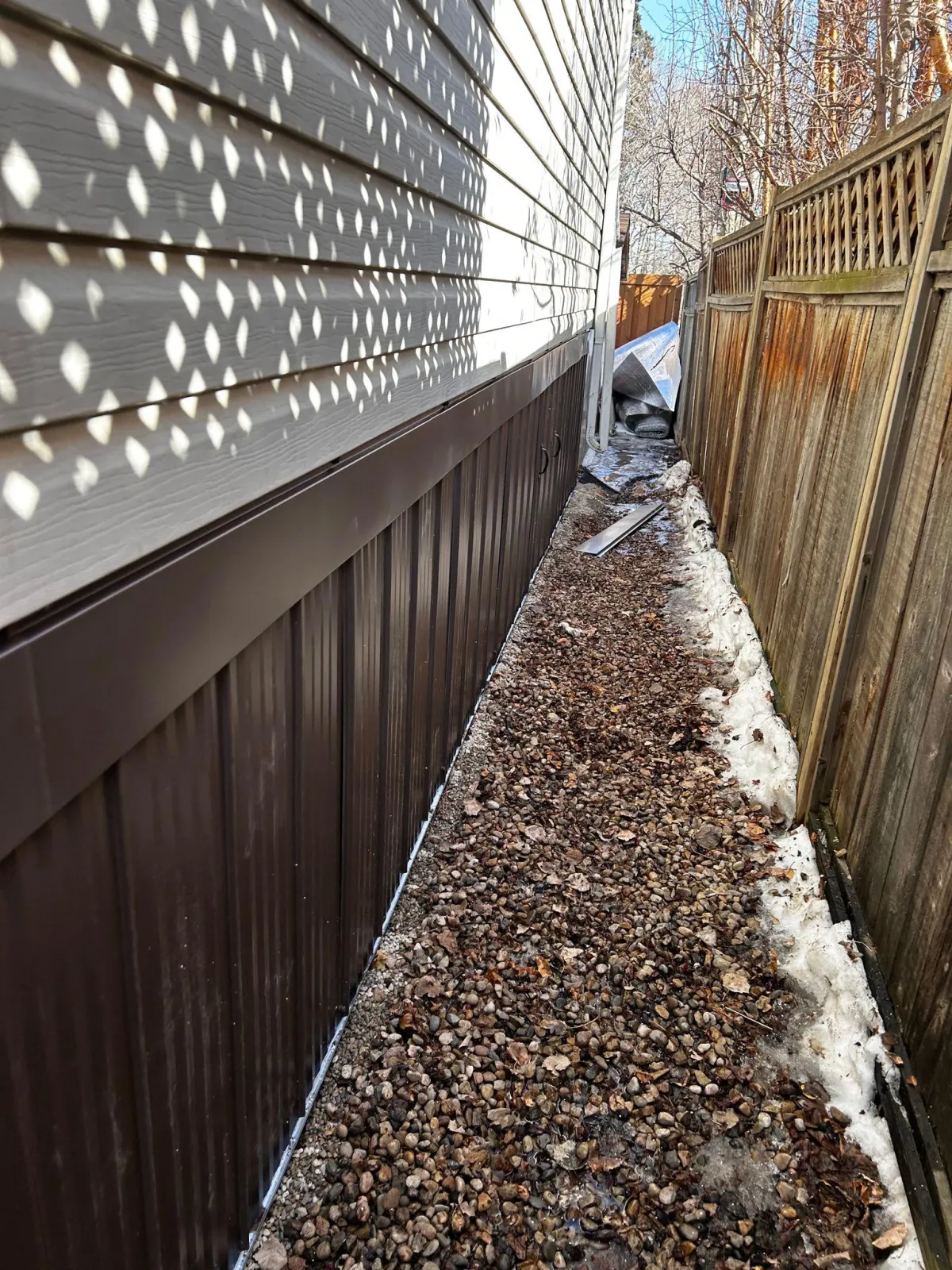
Installing Skirting
• Provides insulation, keeping the crawlspace warmer in winter.
• Prevents pest intrusion by sealing off the underside of the home.
• Enhances aesthetic appeal, giving the home a finished look.
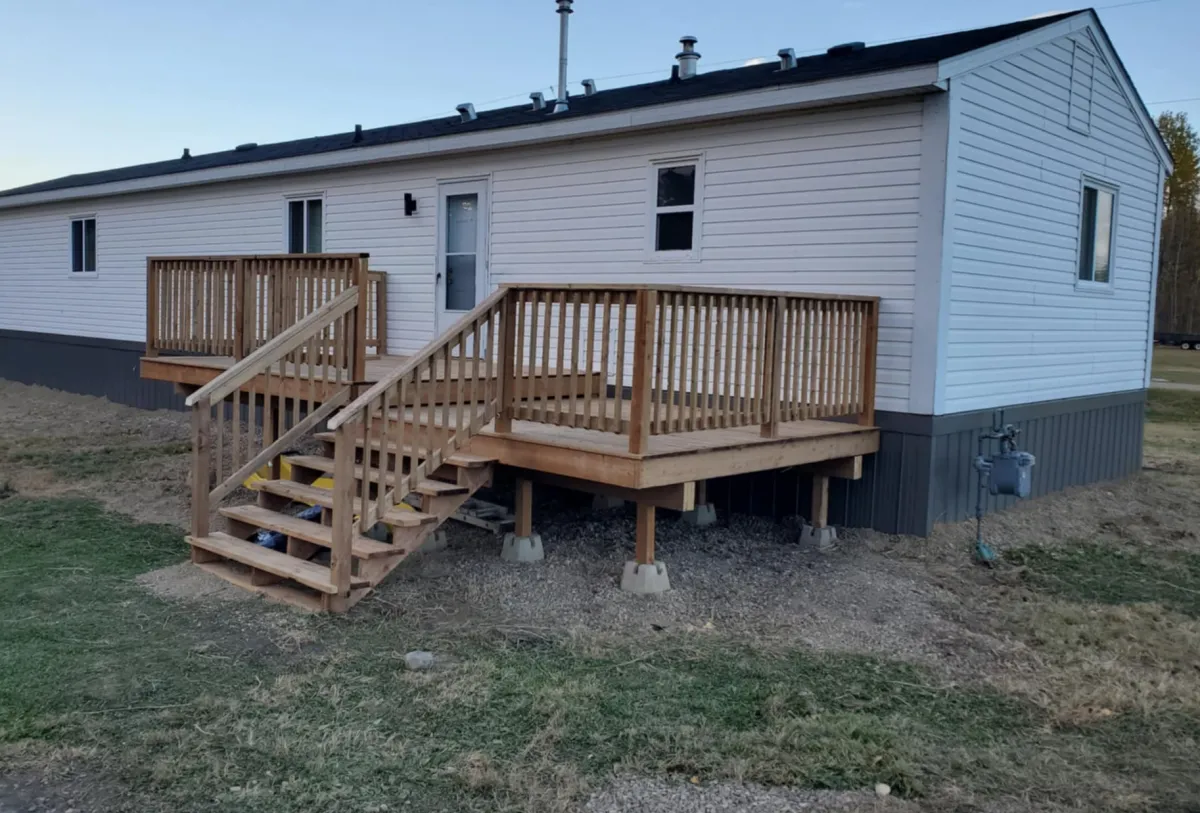
Building Decks and Steps
•Local regulations often require a safe entry system, including stairs or decks.
•Properly built decks improve accessibility and curb appeal.
Choose Get True
How can we help? Get a Free Estimate Today!
Proper site preparation is essential for ensuring the safety, durability, and compliance of a mobile or modular home. From preparing the pad and foundation to installing anchors, utility connections, and skirting, each step plays a vital role in the long-term stability of the home.
Your foundation is one of the most critical components of the home! Contact Get True today for an inspection, service call, or upgrade consultation.
98 %
Satisfied
Customers
1,000+
Projects
Completed
10+
Experience





















